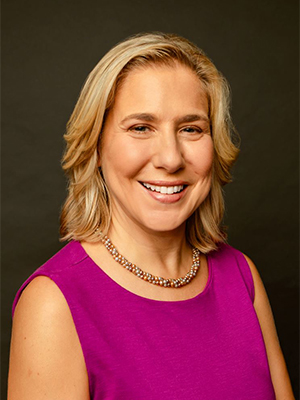Downstate Study Sheds New Light on Avian Flu Risk Factors
By Office of the President | Apr 8, 2025
When highly pathogenic avian influenza (HPAI), known as the H5N1 strain, reached the United States in early 2022, it sparked widespread concern among scientists, farmers and consumers. Millions of poultry birds were culled to contain outbreaks, driving up costs for eggs, chicken, and turkey. These events raised urgent questions about preventing future losses and protecting public health.


Researchers at Downstate, led by DrPH candidate Christopher Jimenez and Dr. Lori A. Hoepner, Assistant Professor of Environmental and Occupational Health Sciences, investigated environmental factors, such as inland water surfaces and Canada goose populations, that might influence avian flu spread in Iowa, the hardest-hit state.
This research gained urgency after the first confirmed human case of HPAI in the United States was reported around the same time. Although bird-to-human transmission remains rare, scientists fear the virus could mutate and spread between people. Health experts warn that animals like pigs and minks could serve as “mixing vessels,” enabling dangerous new flu strains to emerge.
Dr. Hoepner’s team initially hypothesized that counties with large inland water bodies and high Canada geese populations—birds often found near farms—would face more avian flu outbreaks. Instead, their findings revealed the opposite: counties with more geese were less likely to experience outbreaks.
This unexpected result suggests a new hypothesis: Large goose flocks might help prevent outbreaks by gathering in open areas away from farms.
The study, Exploring Methods to Evaluate HPAI Transmission Risk in Iowa During Peak HPAI Incidence, February 2022–December 2023, faced some limitations, including the lack of precise farm location data. Still, the findings underscore the need for more detailed, location-specific research. Better data could strengthen avian flu prevention strategies, protect poultry, and reduce public health risks.
Dr. Hoepner stresses the value of proactive prevention. A better understanding of environmental factors could protect poultry farms, reduce economic loss, and minimize threats to human health.
In New York State, these findings could guide goose population monitoring and support policies encouraging their natural tendency to inhabit remote areas. These strategies could offer a practical approach to protecting farms from future outbreaks—especially relevant after the closure of Long Island’s last duck farm and the shutdown of open-air bird markets in New York City. Both actions reflect a growing awareness of the need to prevent avian flu transmission.